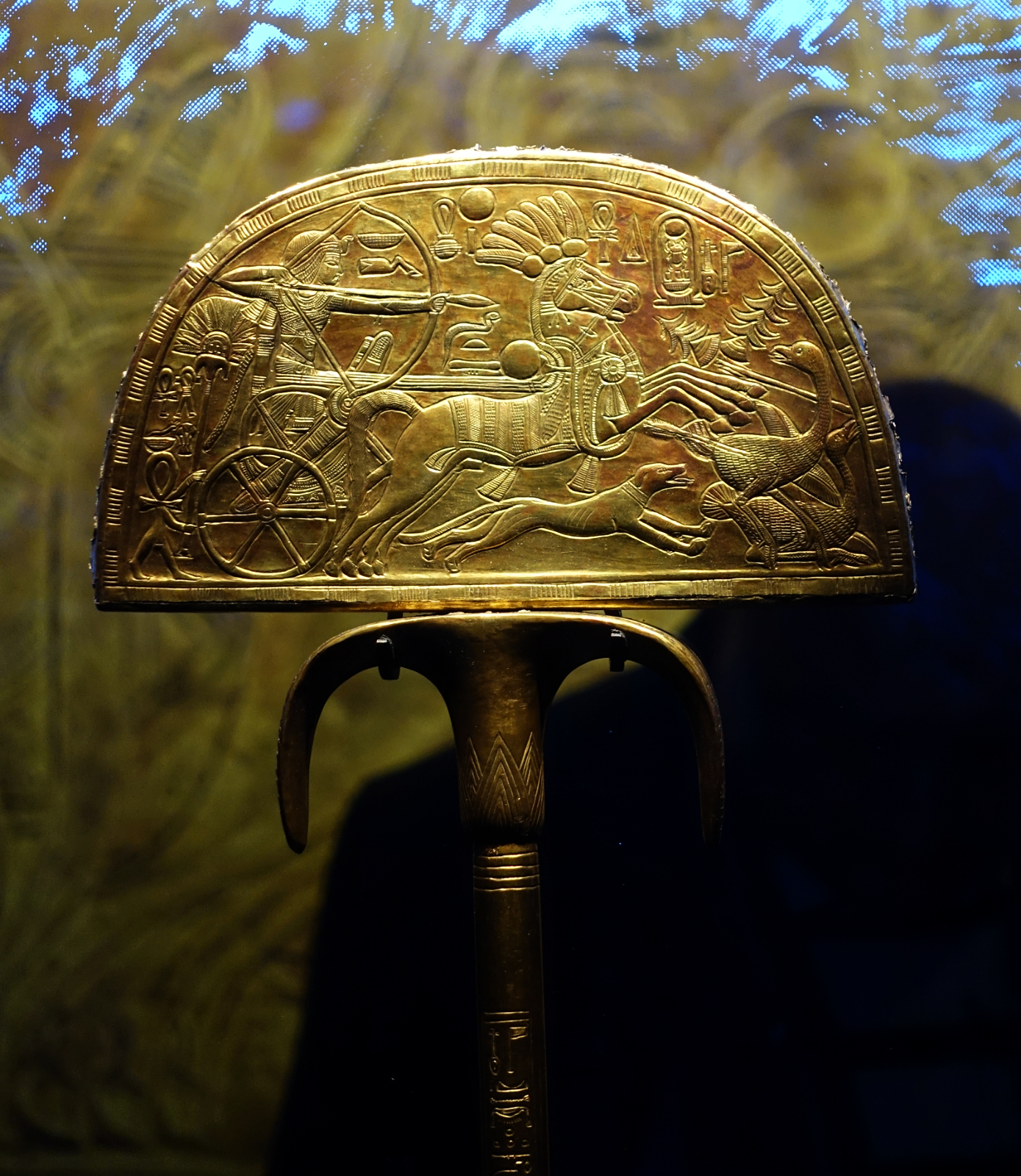Tutankhamun and the Golden Age of the Pharaohs: A Window into Egypt’s Magnificence.

The exhibition “Tutankhamun and the Golden Age of the Pharaohs” offers a mesmerizing journey into one of ancient Egypt’s most iconic and prosperous eras. Focusing on the life and legacy of Tutankhamun, the boy king, this exhibition showcases a vast array of artifacts that illuminate the splendor of the 18th Dynasty and the opulence that defined the period.

Among the highlights are the treasures from Tutankhamun’s tomb, discovered in 1922 by British archaeologist Howard Carter in the Valley of the Kings. These artifacts, ranging from intricate jewelry and ceremonial items to the iconic golden death mask, provide an unparalleled insight into the wealth, artistry, and religious practices of ancient Egypt.

The exhibition not only celebrates the young pharaoh’s legacy but also contextualizes his reign within the broader narrative of the New Kingdom, often referred to as the “Golden Age” of ancient Egypt. This era, marked by military conquests, monumental architecture, and flourishing arts, saw Egypt reach the zenith of its power and cultural development.

Red wooden semicircular box and lid inlaid with ebony and ivory with cartouches of Tutankahamun. Gilded wooden ‘Ostrich Hunt’ fan.

The inscription on the stick says that Tutankhamun hunted ostriches in the desert near Heliopolis and provided feathers for this fan. Wooden ,painted box which held different cuts of meat. Meant to sustain the Pharaoh on his journey to the Afterlife.
To keep these foods fresh until the end of time, the Egyptians mummified them—slowly drying them with salt, bandaging them and covering the bundle with resins—much as they would a human body.
